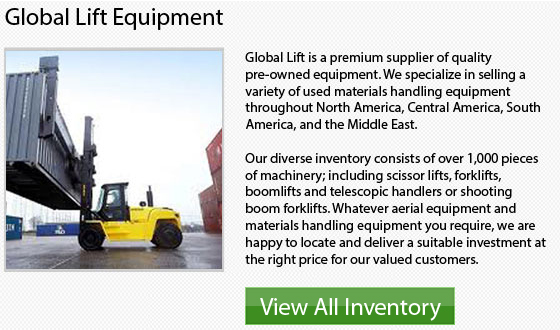
Telehandlers are heavy duty work equipments produced specifically to operate in rough terrain. This however, does not mean they could be driven without regard on rough terrain. These equipments have a much greater risk of load loss or tipping over when they are traveling on slopes.
When traveling on a slope, make certain that you move slowly with the equipment while also keeping the load low. Downshift to 4WD and a lower gear, prior to getting on the slope. Using the engine brake would really help to control the speed of the telehandlers. Try not to turn on a slope if possible. If you need to make the turn, take it as wide as possible and use extreme caution.
Under any circumstances, do not drive across very steep slopes. Ascend and descend slopes with the heavy end of the telehandler pointing up the incline. Even when there is no cargo on the forks, the machine's counterweighted rear is fairly heavy; therefore, it could be required to drive in reverse up slopes. When the telehandler is carrying a load, the front of the unit becomes the heavy end, and you could back the machinery down the slopes.
Operator training is extremely vital on a mixed jobsite. Rear pivot machinery will usually operate on the same jobsite of coordinated steering equipment, where everyone is permitted to operate all of the machinery. In this case, an individual who is used to utilizing a coordinated steer equipment could jump onto a rear-pivot machinery. A really key difference between how these two units work has much to do with which part of the equipment extends outside of the turning radius.